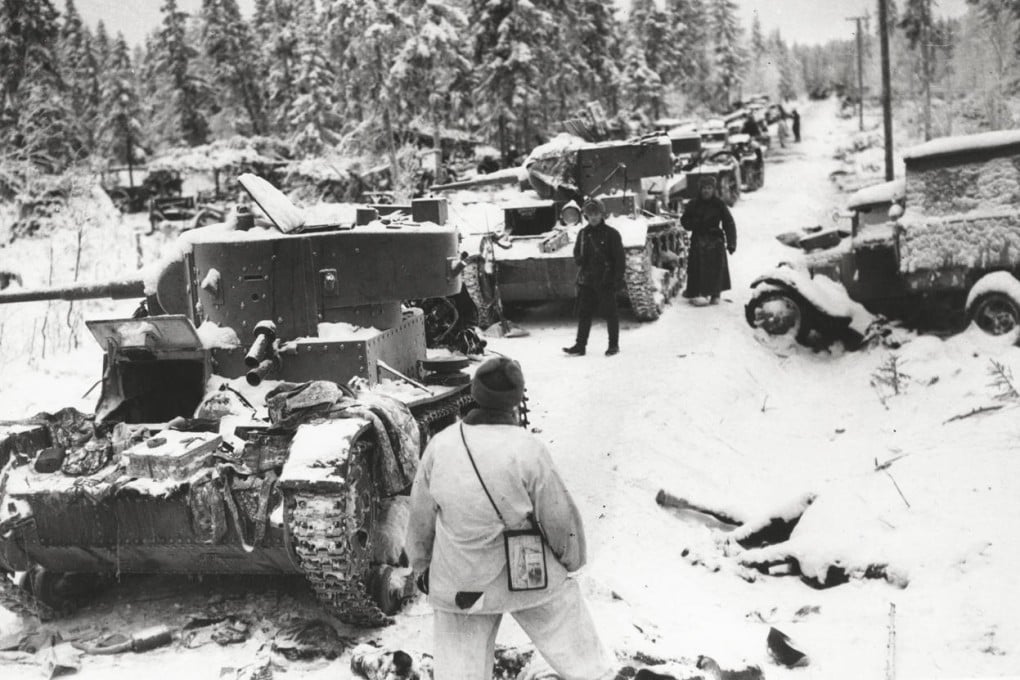Russian Karelia looks to the past and future
The former Finnish utopia now known as the Republic of Karelia - which the Soviet Union seized in the 1940s - is struggling to preserve its unique cultural heritage, writes Daniel Allen

Below his snow-dusted shapka hat, Anatoliy Vasiljev's rheumy eyes peer through a pair of fogged-up spectacles.
In Rubchoila village, about 80km west of Petrozavodsk, capital of the Russian Republic of Karelia, the sun's faint orb hangs low in the December sky. Stepping out into the biting cold, the septuagenarian pulls his hat a little lower, buttons up a red tunic and begins tramping down the lane of packed snow that forms Rubchoila's main street.
Vasiljev is Russian, Karelian and passionate about the preservation of the region's traditional culture.
"This soil on which you are walking has been fought over for centuries," he says, stopping beside an ornate wooden cottage. "Karelia is often described as a battlefield lying between East and West. And, for some people, the struggle over Karelia still goes on."
between Russia and Finland, Karelia covers more than 260,000 square kilometres. With its myriad lakes (Ladoga and Onega are the two largest lakes in Europe), roaring cascades and huge swathes of birch, pine and spruce forest, this is a beautiful land. It is also home to a Finno-Ugric people whose history is among the most tumultuous in Europe.
"With Karelia continually criss-crossed by shifting borders, the Karelians have never really enjoyed a unified homeland," says Marina Tsherbak, head of public relations at the Karelian State Museum of Local History, in Petrozavodsk. "Rich in resources [such as iron ore and diamonds], their territory has been fought over for centuries, by Russians, Swedes and Finns. Living on the crossroads between Europe and Russia has brought the Karelians much strife and suffering."

